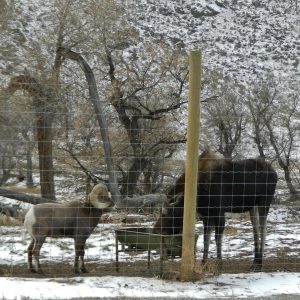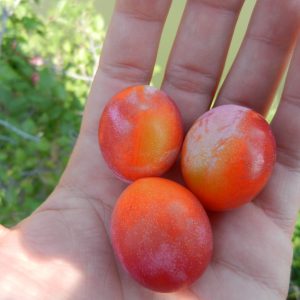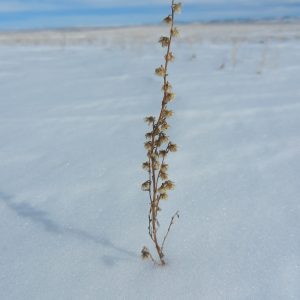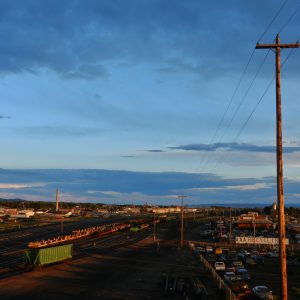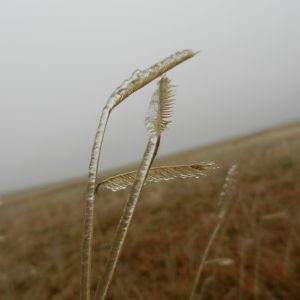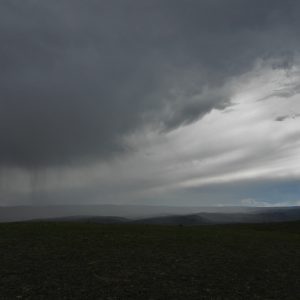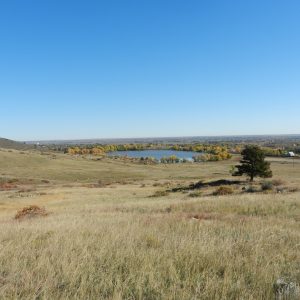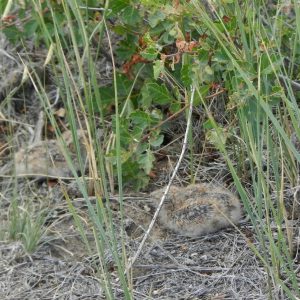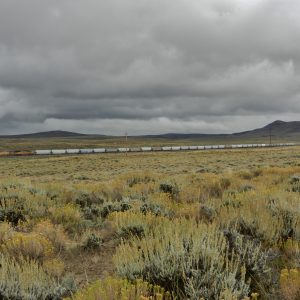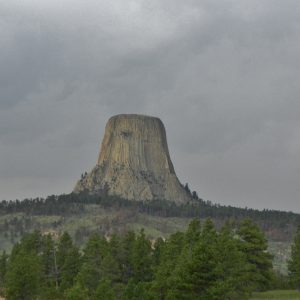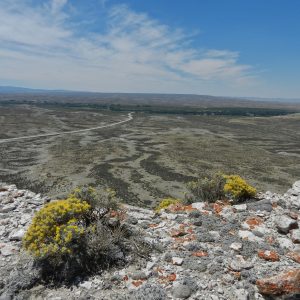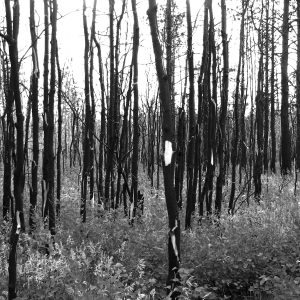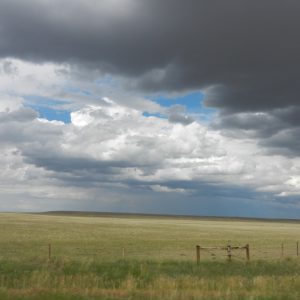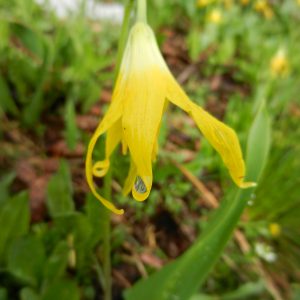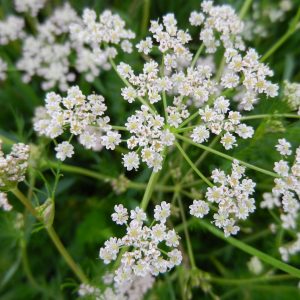Greetings,
Happy New Year. The holidays came and went pretty quickly. Since going back to the grind, not much has changed. I continued to work on the PowerPoint up until this last Thursday, when I finally completed it. In some cases, the results were as I expected, but in others, not so much. Probably the most surprising result was the lack of seeding of certain species. For example, just less than 110,000 lbs of Vavilov II (agropyron fragile) was distributed since 2011. Vavilov II is a popular seed to be planted throughout the Great Basin due to its drought tolerance. More recently, it has been a popular substitute for a variety of different species when they are not available. However, in three seasons, approximately 110,000 lbs was distributed across three states. In comparison to prior years, that’s quite the decrease in distribution. I think the fact that it is an introduced species plays a large role in how often it is used.
Anatone (pseudoroegneria spicata), a bluebunch wheatgrass, had results that I expected. Since 2011, over 270,000 lbs of Anatone has been seeded in 8 different states. That’s twice as many lbs as Vavilov II in nearly triple the states. Since it is a native species from South Eastern Washington, it is a more widely accepted species, with little to no controversial drawbacks.
After completing the PowerPoint on Thursday, I was able to jump right in to the next project of calculating historical seed prices for some of the most popular species to be sold from the warehouse. The species included bluebunch wheatgrass, bottlebrush squirreltail, Sandberg bluegrass, Wyoming big sagebrush, and a few others. Depending on need, the prices of some of these species changed in price by a little, or a lot. For example, Wyoming Big Sagebrush sold as low as $1.88 per lb during one seed buy, and went as high as $35 per lb in another seed buy. The final average over a 5 year period ended up being $11.56 per lb. Now, the increase in price (from $1.88 to $35) did happen over a period of two years, but when studying all the price changes over a 5 year period, the increase in price is considered to be a drastic one. On the other hand, Sandberg bluegrass had gradual increases and decreases in price. The low came in at $2.09 per lb and the high came in at $12 per lb. The average was $6.45 per lb. As you can see, some of the changes were huge, where others were not.
A couple weeks before Christmas, I completed an informational seed booklet. Upon completion, I had it copied professionally for distribution. Over the holiday, I received the copies and thought I would post a few pictures of the finished results.
Until next time.
Eric Livermore
Bureau of Land Management
Boise, Idaho






























